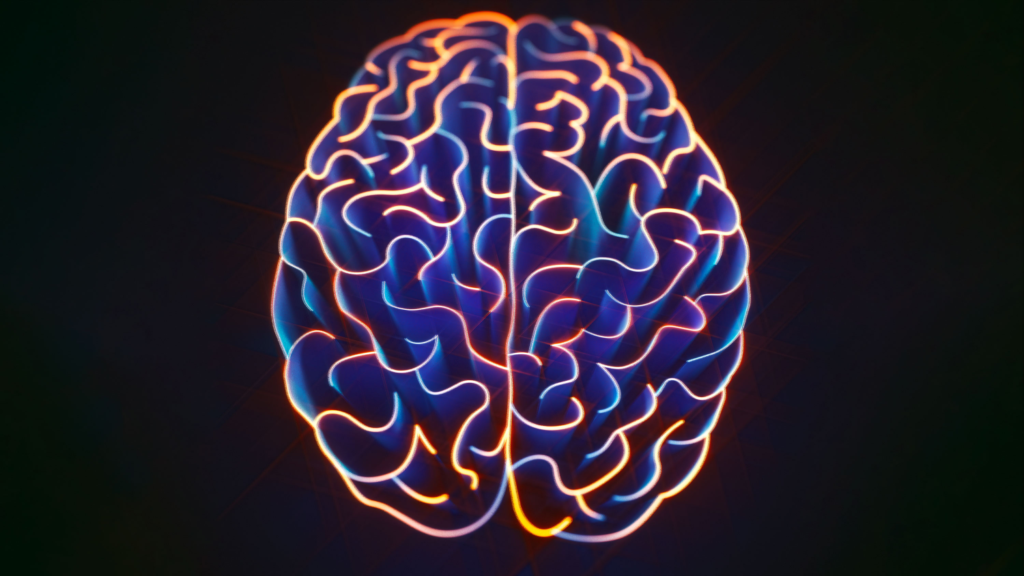Addiction medicine is still a burgeoning field, but it has made great strides in recent decades. Researchers and doctors understand now that there is a large genetic component to addiction, and that addictive chemicals act in certain areas of the brain, and on certain neurotransmitters like dopamine. The way in which addictive chemicals “hijack” the brain’s reward pathways are well understood, and goes a long way in explaining why addicts may continue to abuse substances despite a plethora of negative and sometimes life-ruining consequences. Addicts are truly dealing with a brain that is not functioning correctly.
Substances of abuse seem to sear new pathways into the brain and these pathways can only be disabled and healed by prolonged abstinence. This is why programs like rehabs and sober livings are so important–when the addict cannot control his or her use due to the “hijacked” brain, clinical support, a protective environment, and the support of peers can help protect him from relapse until his brain is in a better condition to deal with abstinence and recovery.
There is a wide variety of great articles and scientific studies on the internet that are very much worth perusing in order to get a better understanding of addiction. “Pleasure Unwoven,” which is available on YouTube, is a perennial classic shown at many rehabs, IOPs, and PHP programs that explains in a fun and simple way what exactly goes on in the brain of an addict. The program is produced and narrated by a physician who himself is in recovery, and he presents the information in a compassionate and helpful manner that is easy to understand.
Harvard Health (https://www.helpguide.org/harvard/how-addiction-hijacks-the-brain.htm) offers good insights into addiction in an article:
"The word “addiction” is derived from a Latin term for “to command” or, in this case, “to be commanded.” It shares the root dictus with the word “dictator!” Anyone who has struggled to overcome an addiction—or has tried to help someone else to do so—understands why.
Addiction exerts a long and powerful influence on the brain that manifests in three distinct ways: craving for the object of addiction, loss of control over its use, and continuing involvement with it despite adverse consequences.
For many years, experts believed that only alcohol and powerful drugs could cause addiction. Neuroimaging technologies and more recent research, however, have shown that certain pleasurable activities, such as gambling, shopping, and sex, can also co-opt the brain.
Although a standard U.S. diagnostic manual (the Diagnostic and Statistical Manual of Mental Disorders, Fourth Edition or DSM-IV) describes multiple addictions, each tied to a specific substance or activity, consensus is emerging that these may represent multiple expressions of a common underlying brain process.
Nobody starts out intending to develop an addiction, but many people get caught in its snare. Consider the latest government statistics:
- Nearly 23 million Americans—almost one in 10—are addicted to alcohol or other drugs.
- More than two-thirds of people with addiction abuse alcohol.
- The top three drugs causing addiction are marijuana, opioid (narcotic) pain relievers, and cocaine.
In the 1930s, when researchers first began to investigate what caused addictive behavior, they believed that people who developed addictions were somehow morally flawed or lacking in willpower. Overcoming addiction, they thought, involved punishing miscreants or, alternately, encouraging them to muster the will to break a habit.
The scientific consensus has changed since then. Today we recognize addiction as a chronic disease that changes both brain structure and function. Just as cardiovascular disease damages the heart and diabetes impairs the pancreas, addiction hijacks the brain. This happens as the brain goes through a series of changes, beginning with recognition of pleasure and ending with a drive toward compulsive behavior.”
The good news for us is that this “disease” model of addiction provides hope and proof that addicts can and do recover, because the brain is so resilient and malleable. It also helps to take away some of the stigma and shame and anger and fear that addicts and their families feel. Truly, with addiction, we are dealing with a disease just like any other. It is not a moral failing. And there is a treatment. If you or a loved one are dealing with addiction, consider checking out Harmony Haus, a men’s sober living in Austin, TX.

